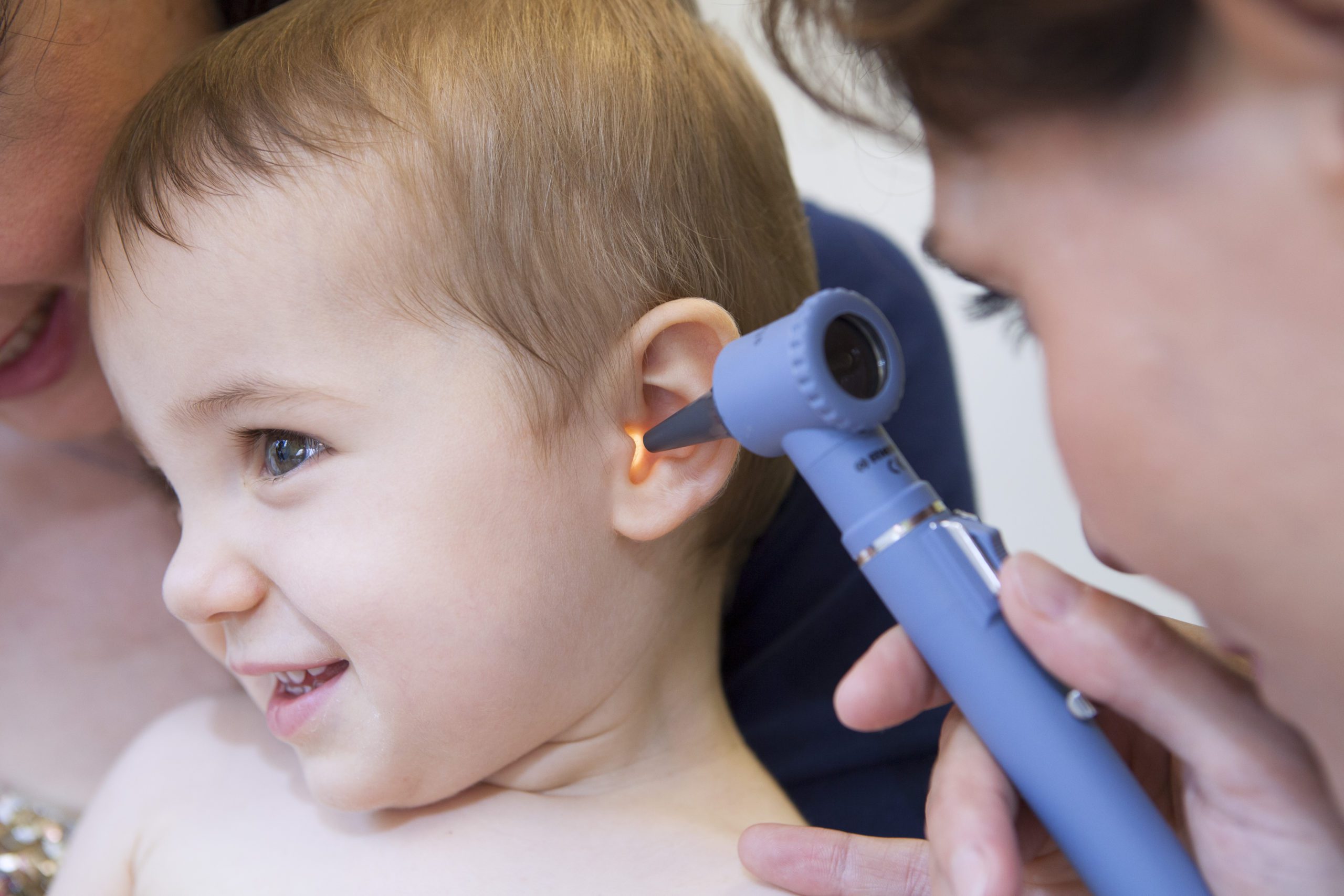Otitis media means “inflammation of the middle ear” as a result of a middle ear infection. It can occur in one or both ears. Otitis media is the most frequent diagnosis for children who visit physicians for illness. It is also the most common cause of hearing loss in children. Although otitis media is most common in young children, it occasionally affects adults.
Yes, because of the severe earache and hearing loss it can cause. Hearing loss, especially in children, may impair learning capacity and even delay speech development. However, if it is treated promptly and effectively, hearing can almost always be restored to normal. Otitis media is also serious because the infection can spread to nearby structures in the head, especially the mastoid. (see the symptoms list) Immediate attention from your doctor is the best action.
The outer ear collects sounds. The middle ear is a pea-sized, air-filled cavity separated from the outer ear by the paper-thin eardrum. Inside the middle ear are three tiny ear bones. When sound waves strike the eardrum, it vibrates and sets the bones in motion that transmit to the inner ear. The inner ear converts vibrations to electrical signals and sends these signals to the brain. A healthy middle ear has the same atmospheric pressure as air outside of the ear, allowing free vibration. Air enters the middle ear through the narrow eustachian tube that connects the back of the nose to the ear.
Blockage of the eustachian tube during a cold, allergy, or upper respiratory infection and the presence of bacteria or viruses lead to a build-up of pus and mucus behind the eardrum. This infection is called acute otitis media. The build-up of pressurized pus in the middle ear causes pain, swelling, and redness. Since the eardrum cannot vibrate properly, hearing problems may occur. Sometimes the eardrum ruptures, and pus drains out of the ear. More commonly, however, the pus and mucus remain in the middle ear due to the swollen and inflamed eustachian tube. This is called middle ear effusion or serous otitis media. Often after the acute infection has passed, the effusion remains lasting for weeks, months, or even years. This condition allows frequent recurrences of the acute infection and may cause difficulty in hearing.
If your child experiences multiple episodes of acute otitis media within a short time, or hearing loss, or chronic otitis media lasts for more than three months, your physician may recommend a referral to an otolaryngologist for placement of ventilation tubes, also called pressure-equalization (PE) tubes. This is a short surgical procedure in which a small incision is made in the eardrum, any fluid is suctioned out, and a tube is placed in the eardrum. This tube eventually will fall out on its own, and the eardrum heals. There is usually an improvement in hearing and a decrease in further infections with PE tube placement.
Otitis media may recur as a result of chronically infected adenoids and tonsils. If this becomes a problem, your doctor may recommend the removal of one or both. This can be done at the same time as ventilation tubes are inserted.
In infants and toddlers, look for:
Pulling or scratching at the ear, especially if accompanied by other symptoms
Hearing problems
Crying
Irritability
Fever
Ear drainage
In young children, adolescents, and adults, look for:
Earache
The feeling of fullness or pressure
Hearing Problems
Dizziness
Loss of balance
Nausea
Vomiting
Ear drainage and/or fever
Remember, without proper treatment, damage from an ear infection can cause chronic or permanent hearing loss.
